I am building a star visualisation engine, and need to interpolate values received from the API. The HSL colour stops are:
-.63, hsl: 228° 100% 80%,
.165, hsl: 224° 100% 90%,
.33, hsl: 240° 100% 98%,
.495, hsl: 64° 100% 92%,
.66, hsl: 52° 100% 82%,
.825, hsl: 28° 100% 66%,
2.057, hsl: 6° 95% 65%,
Each star will return a colour value between -.63 and 2.057, I need a function that takes that value and gets a colour along the spectrum comprised of the above stops.
I've had some previous help but cannot for the life of me figure this out, and haven't been able to find a concise tutorial or walkthrough of interpolating HSL values. The only way I can figure this out is via an external lib, but that seems a ridiculous solution for something relatively simple. Any help would be appreciated!
